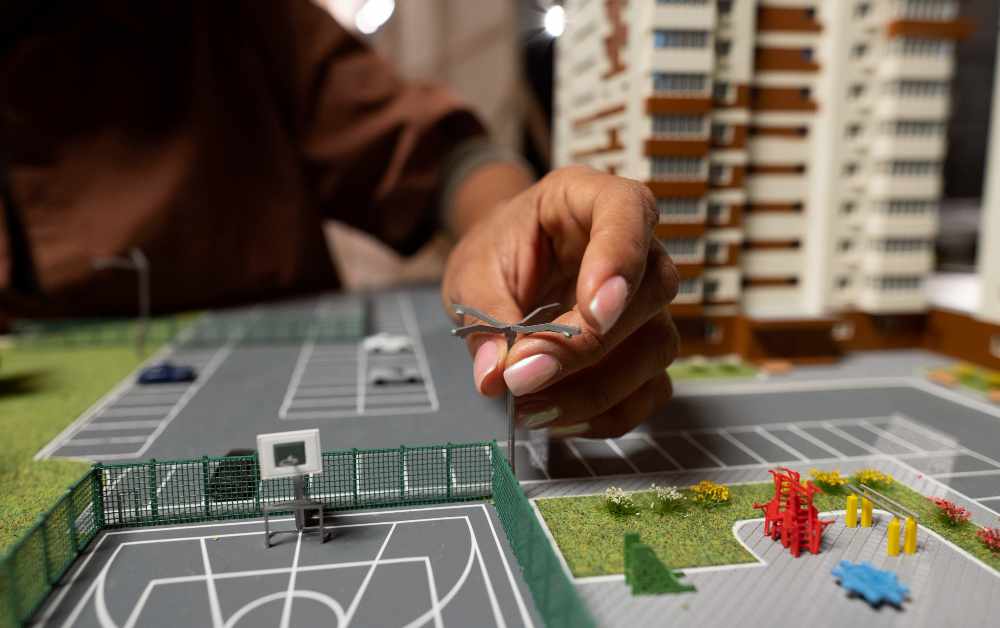As energy efficiency and environmental responsibility take center stage in modern construction, insulation has become a critical area of focus. Beyond simply keeping interiors comfortable, insulation now plays a key role in meeting sustainability goals, reducing operational costs, and supporting green building certifications. For commercial buildings, choosing sustainable insulation solutions is not only an environmental choice but also a financial and strategic one.
For a Commercial Construction Company in NJ, sustainable insulation has emerged as a core element of design and construction strategies, ensuring projects deliver long-term value to clients while aligning with evolving regulations and environmental standards.
1. Energy Efficiency and Cost Savings
Insulation is one of the most effective ways to regulate temperature within a building. By reducing heat transfer, it minimizes the need for heating in winter and cooling in summer. Sustainable insulation materials—such as recycled denim, cellulose, or sheep’s wool—provide superior thermal performance while reducing reliance on fossil fuels.
For building owners, this translates into:
Lower energy bills year-round.
Reduced demand on HVAC systems.
A stronger return on investment over time.
2. Supporting Green Building Certifications
Many commercial projects today aim for certifications like LEED or ENERGY STAR, which require strict adherence to energy efficiency standards. Sustainable insulation materials contribute significantly to these certifications by improving thermal performance and reducing environmental impact.
By integrating eco-friendly insulation, contractors not only help clients achieve certification but also enhance property value and marketability.
3. Improved Indoor Air Quality
Traditional insulation materials sometimes release harmful chemicals, such as formaldehyde or volatile organic compounds (VOCs), that can compromise indoor air quality. Sustainable insulation alternatives are often free from toxic additives, making them safer for building occupants.
This is particularly important in office spaces, schools, and healthcare facilities where air quality directly impacts health, comfort, and productivity.
4. Environmental Benefits
Sustainable insulation often uses recycled or renewable resources, reducing the need for raw material extraction. For example, cellulose insulation is made from recycled paper, while denim insulation reuses discarded textiles. Using these options lowers waste, minimizes landfill impact, and reduces the carbon footprint of construction projects.
Additionally, better insulation reduces energy consumption in the long term, which directly lowers greenhouse gas emissions.
5. Acoustic Performance
In commercial buildings such as offices, retail centers, and hospitality spaces, noise reduction is just as important as temperature control. Many sustainable insulation materials provide excellent soundproofing qualities. This dual benefit enhances comfort and creates a more productive environment without requiring additional construction materials.
6. Long-Term Durability
Modern sustainable insulation is designed to last. Materials such as mineral wool and spray foam not only provide excellent thermal performance but also resist pests, moisture, and fire. This durability reduces the need for replacements, lowering lifecycle costs and making them a smart investment for property owners.
Conclusion
Sustainable insulation is more than a construction trend—it’s a necessity for modern commercial buildings. It lowers energy consumption, reduces operating costs, enhances indoor air quality, and supports green building certifications. For property developers and building owners, choosing the right insulation ensures long-term value while promoting environmental responsibility. A Commercial Construction Company in NJ that prioritizes sustainable practices is well-positioned to meet these evolving demands. Partnering with experts like Vaxa Construct ensures that sustainable insulation is not just installed, but optimized to deliver efficiency, comfort, and resilience for decades to come.




Write a comment ...